The camera is an instrument that teaches people how to see without a camera
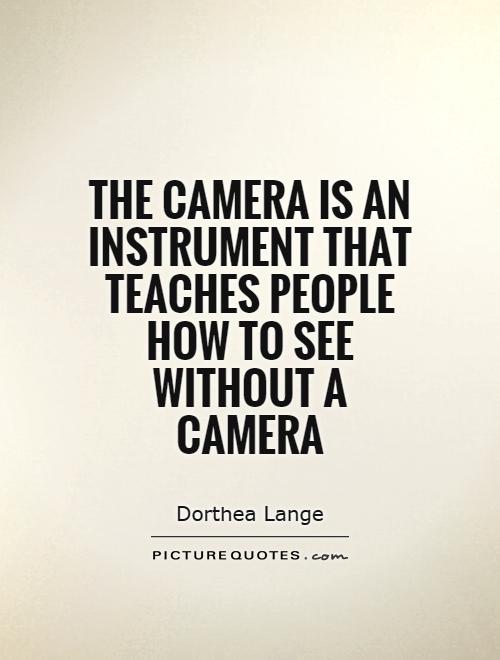
The camera is an instrument that teaches people how to see without a camera
Dorothea Lange, a renowned American documentary photographer, is a perfect example of how the camera can be used as an instrument to teach people how to see without a camera. Throughout her career, Lange captured powerful images that not only documented the struggles of the Great Depression and the Dust Bowl, but also shed light on the human condition and the resilience of the human spirit.Lange's iconic photograph "Migrant Mother" is a prime example of how she used her camera to teach people how to see beyond the surface. The image of a mother with her children, their faces etched with worry and despair, became a symbol of the hardships faced by migrant workers during the Great Depression. Through her lens, Lange was able to capture the raw emotion and vulnerability of her subjects, allowing viewers to empathize with their plight and understand the harsh realities of the time.
But Lange's impact went beyond just capturing images of suffering. She used her camera to give a voice to the voiceless, to shine a light on the injustices and inequalities that plagued society. By focusing on the faces and stories of ordinary people, Lange was able to humanize the struggles of the marginalized and bring attention to their plight. In doing so, she taught her audience to see beyond the surface and to recognize the humanity in every individual, regardless of their circumstances.
Lange's ability to see the world through a different lens, to capture moments of beauty and resilience in the midst of hardship, is a testament to the power of the camera as a tool for teaching people how to see. Through her work, she challenged viewers to look beyond the obvious, to see the world with empathy and compassion, and to recognize the inherent dignity and worth of every human being.
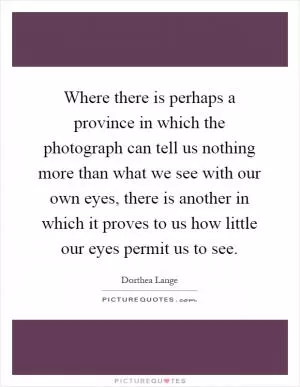
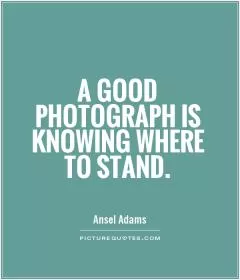
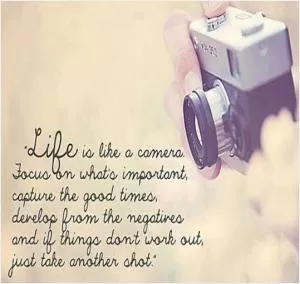

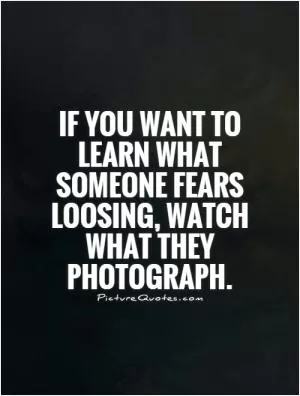
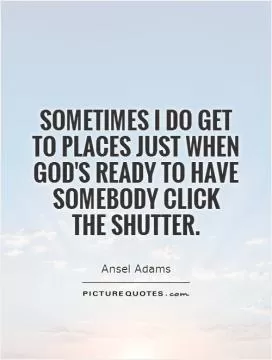
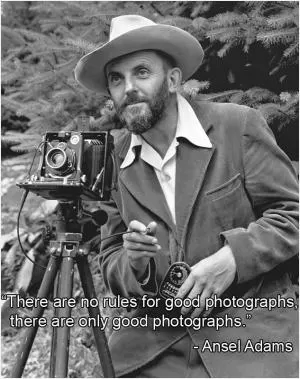
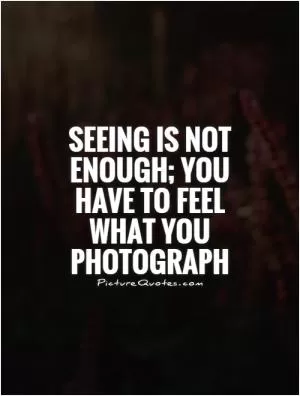
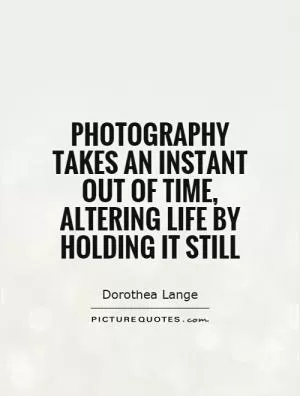
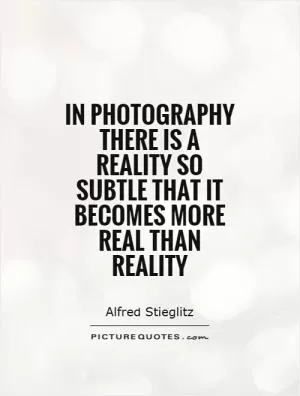
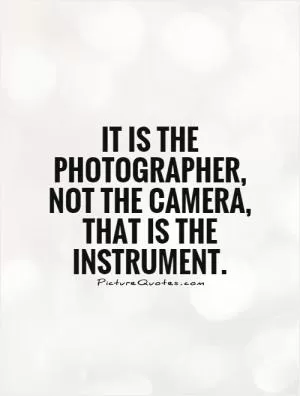
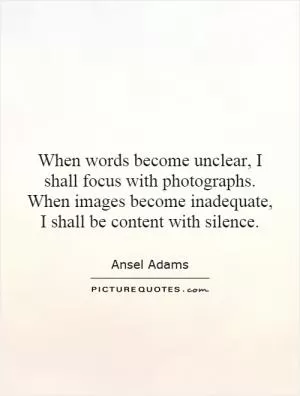
 Friendship Quotes
Friendship Quotes Love Quotes
Love Quotes Life Quotes
Life Quotes Funny Quotes
Funny Quotes Motivational Quotes
Motivational Quotes Inspirational Quotes
Inspirational Quotes